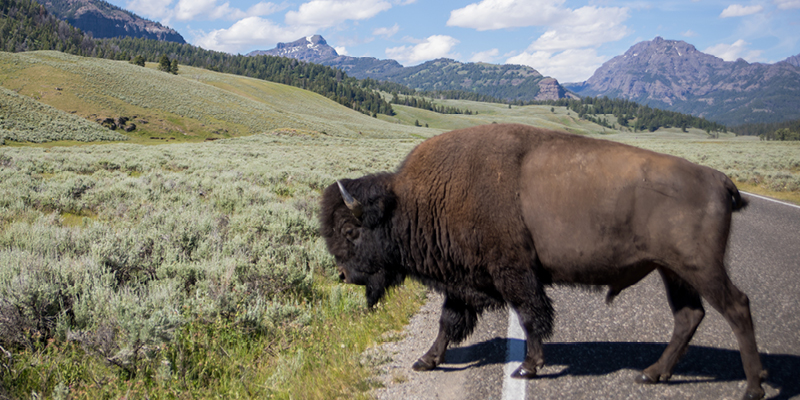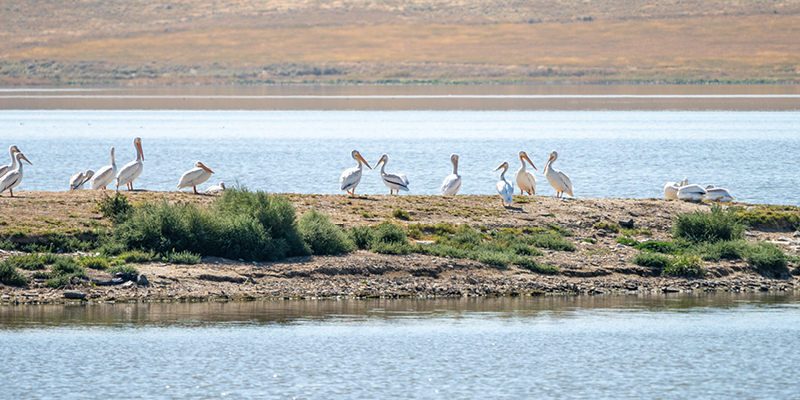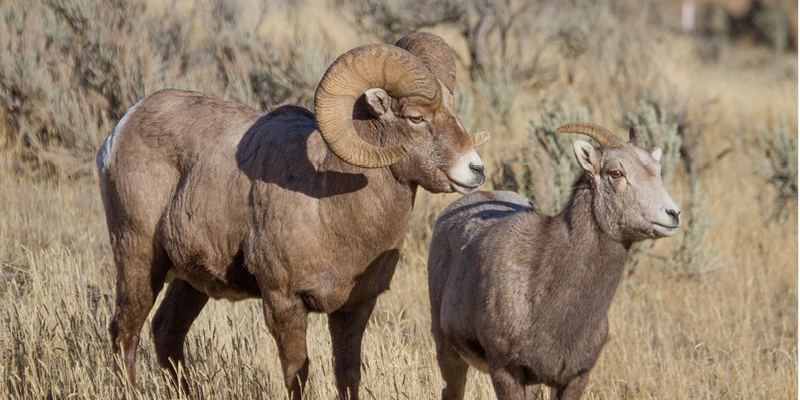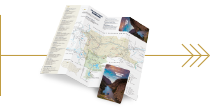Spring Wildlife Watching in Yellowstone National Park
 Photo by Taylar Robbins
Photo by Taylar Robbins
Spring is a delightful time to visit; there are fewer crowds, and the baby wildlife is adorable as it frolics near its mamas. It's always a sign of spring when the first grizzlies emerge. It starts with the males in March, weather dependent, followed by the females and their cubs in April and May. And, the melting snow brings all the animals down to lower elevations where they can graze, affording more opportunities to see them.
While you generally find wildlife throughout the Park, there are a couple of areas where they are naturally condensed — Lamar Valley between the North and Northeast Entrances and Hayden Valley between Canyon Junction and Yellowstone Lake. Most of the wolf population lives in the Lamar Valley and are best spotted early morning and late evening when they are most active. The same goes for bears, although Hayden Valley has a more significant concentration. This year, the National Park Service designated this area a new bear management area (BMA), which will prohibit off-trail travel from July 15 to Sept. 15 for the safety of humans and the bears.
 Photo by Kaden Harrison
Photo by Kaden Harrison
For the birders out there, Hayden Valley is also an excellent spot for birdwatching. Sandhill cranes, a terrestrial-looking bird, are the first to return after wintering in Texas, California and Mexico. The mountain bluebirds and osprey follow shortly behind them.
Elk calves come in May and June, their mothers leaving them camouflaged in the sagebrush until they can keep up with the rest of the herd when they are just over a couple of weeks old. You’ll likely find herds around Mammoth Hot Springs and the North Entrance at Gardiner.
Moose calves often come at the same time, although moose are solitary animals and are harder to come by. Try looking around Soda Butte Creek near Cooke City and Silver Gate. Pronghorn are the last to be born, which may be a force of nature since predators like wolves and bears have likely started pursuing elk.
 Photo courtesy NPS
Photo courtesy NPS
A wildlife-watching tour with an experienced naturalist can make your trip more meaningful. Not only do they know where to find the animals, but their experience and high-powered scopes bring the adventure to a whole new dimension. You can find a list of Park Service-approved tour guides here.
Of course, as always, safety first! These animals may appear docile, but they are wild. Stay 100 yards from bears or wolves and 25 yards from other wildlife. If an animal appears agitated, shakes its head or stomps its feet, leave it alone and get to safety. Do not provoke or feed it.
It’s a beautiful time to visit our neck of the woods. If you want more trip-planning ideas, ask our “unofficial” ranger!


